6 Talented Illustrators Worth Following for Beginning Artists
For digital art enthusiasts who are new to illustration, mimicking the works of talented illustrators can accelerate their progress in illustration skills. It's safe to say that imitation is indeed the best teacher.
However, with so many exceptional illustrators out there, how do you know whose work is the best fit for you to imitate?
In this article, we aim to recommend 6 illustrators worth following for beginners. Their works are filled with rich creativity and techniques, making them excellent material for beginners to emulate.

In this article, you will learn:
- What Is Illustration?
- 6 Illustrators Worth Following for Beginners
- Is Imitation the Same as Plagiarism?
- Conclusion
What Is Illustration?
If you look closely, you'll find illustrations everywhere - in video game interfaces, product images, design posters, and more. Illustration is a bit tricky to explain, but it's not that difficult either.
Historically, illustration has a long lineage. Even as far back as the 4th and 5th centuries, there were religious manuscripts with a considerable number of illustrations. The term "illustration" comes from the Latin word "illustratio," meaning "to illuminate."
Simply put, the purpose of illustration is to visually present the content, stories, or ideas of text in a more understandable and accessible way.
In the modern sense, illustration has become popular since the rise of industrialization and the design industry, particularly since the 1970s. It is widely utilized in fields like advertising design, magazine design, poster design, game design, and more.
Today, with the advancement of the digital age, illustration design can also be understood as a category and technique within digital art.
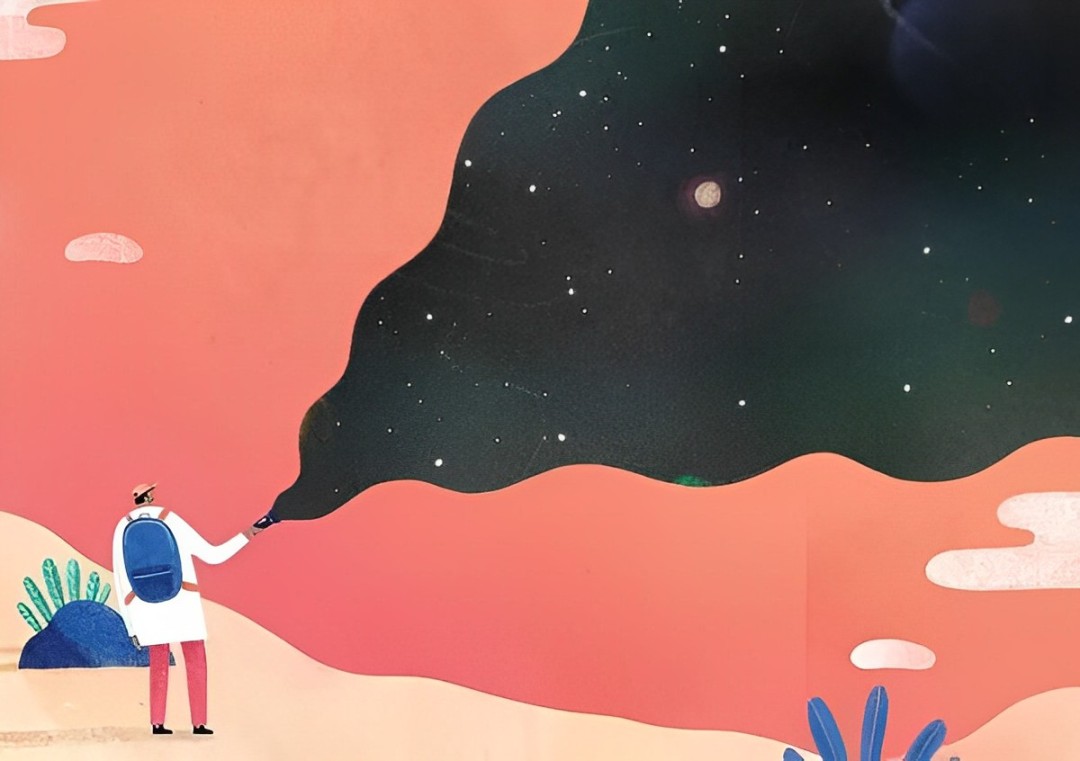
6 Illustrators Worth Following for Beginners
Now, let's get down to business and take a look at a few outstanding illustrators that are suitable for beginners to imitate.
1. Tom Haugomat
- Instagram: @tomhaugomat
- Highlights: Composition and Distribution of Light and Shadow
Tom Haugomat is an illustrator and animation director from Paris, France. He started his career in animation and later transitioned to illustration. His works have been featured in renowned publications such as The Times, The New Yorker, and Le Monde.
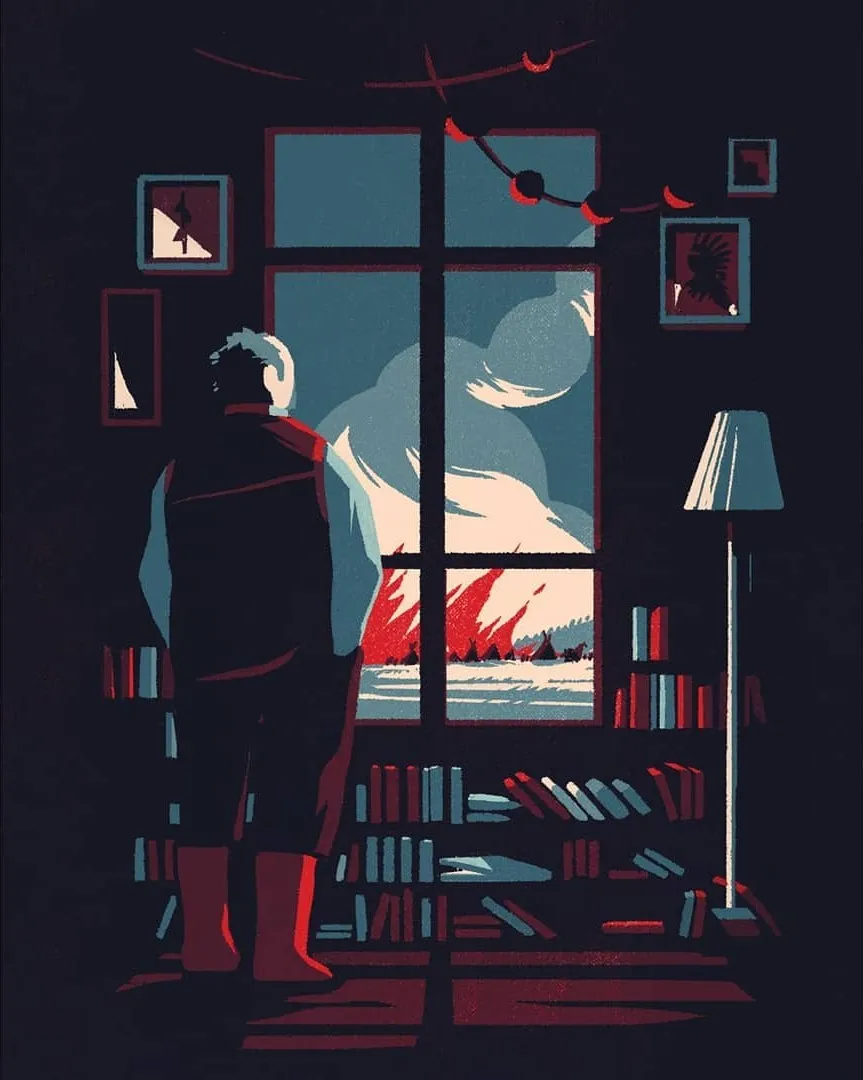
Tom's pieces exude a retro vibe reminiscent of American illustrations from the 1950s and 1960s, captivating viewers like a movie.
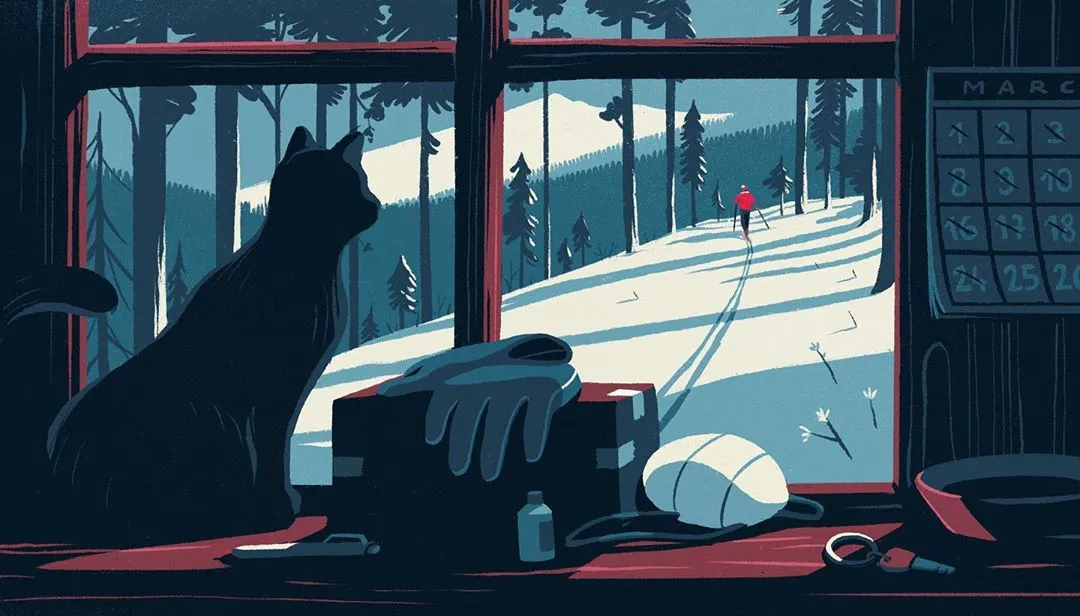
His artwork showcases elegant and bold color choices, beautiful compositions, and skillful use of textures to enhance the visual appeal.
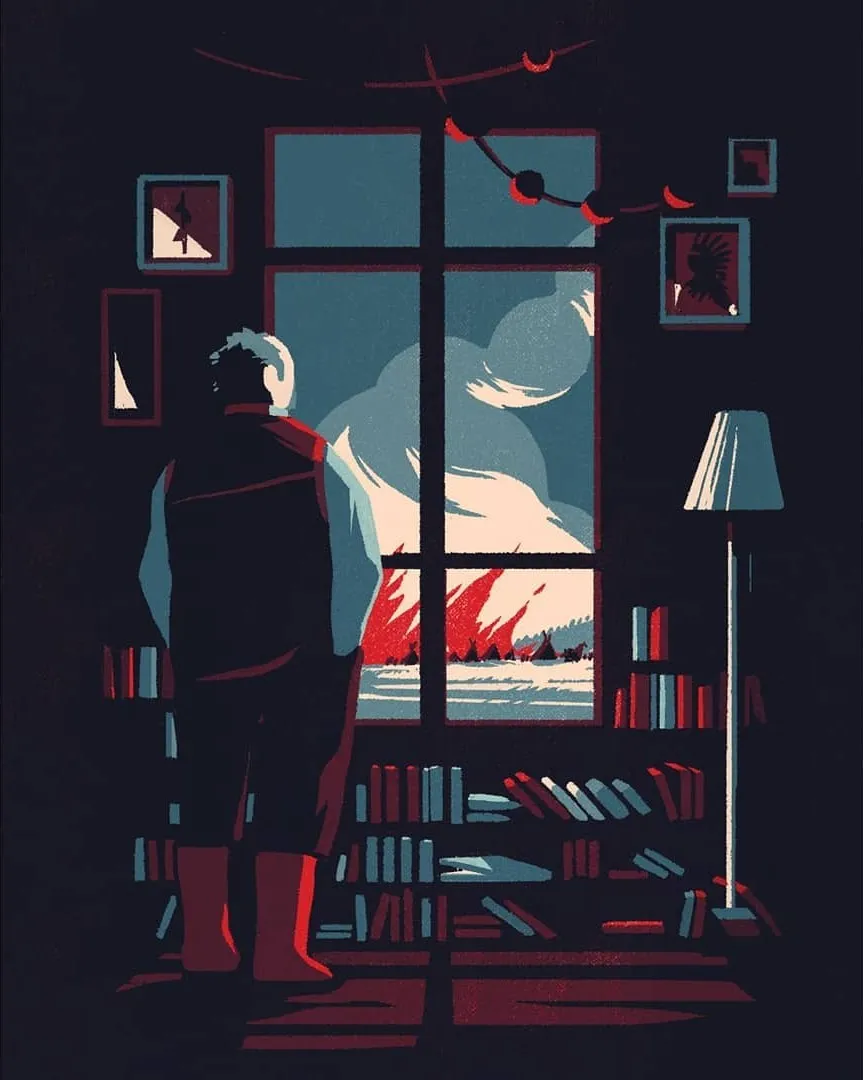
Tom excels in graphic manipulation and expertly uses composition techniques, creating a sense of depth on the flat canvas through spatial division and visual guidance.

Imitation Tips:
You can learn a lot from Tom's work. His compositions, color schemes, and use of light and shadow are exceptionally well-executed.
When imitating, you should focus more on understanding Tom's creative approach rather than getting lost in replicating every detail. This approach can greatly benefit your future original creations.
2. Janne Iivonen
- Instagram: @mr_jti
- Highlights: Character Movement and Line Simplification
Janne is an award-winning freelance illustrator from Finland, currently based in the UK. He excels in creating illustrations that embody contemporary elite features in fashion, technology, business, and lifestyle categories.
His client list includes prestigious international publications such as The New York Times, The Guardian, The Wall Street Journal, as well as global brands like Tiffany, American Airlines, and British Rail.
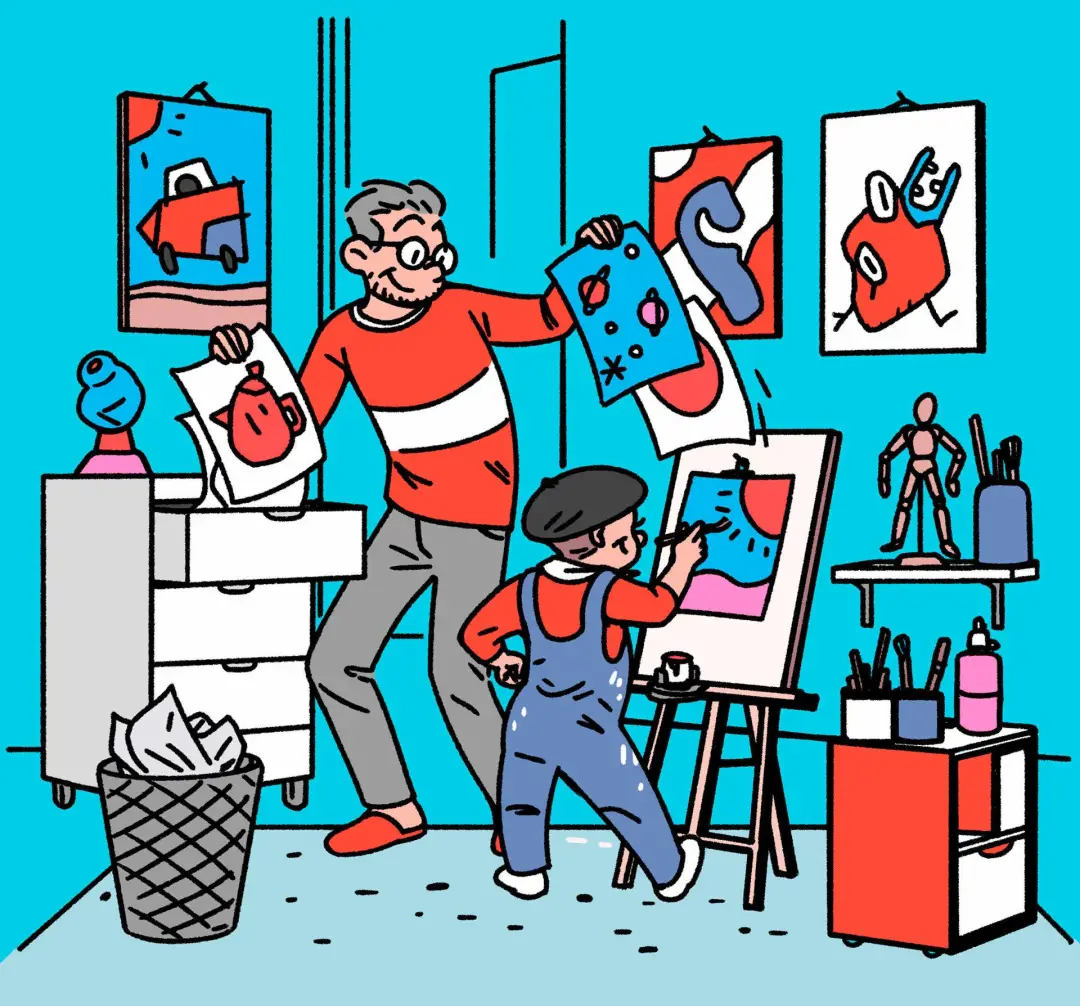
Janne's illustrations feature a bold line style with flat colors, resembling a comic book aesthetic. His work shines in capturing the dynamics of characters and handling lines with finesse.
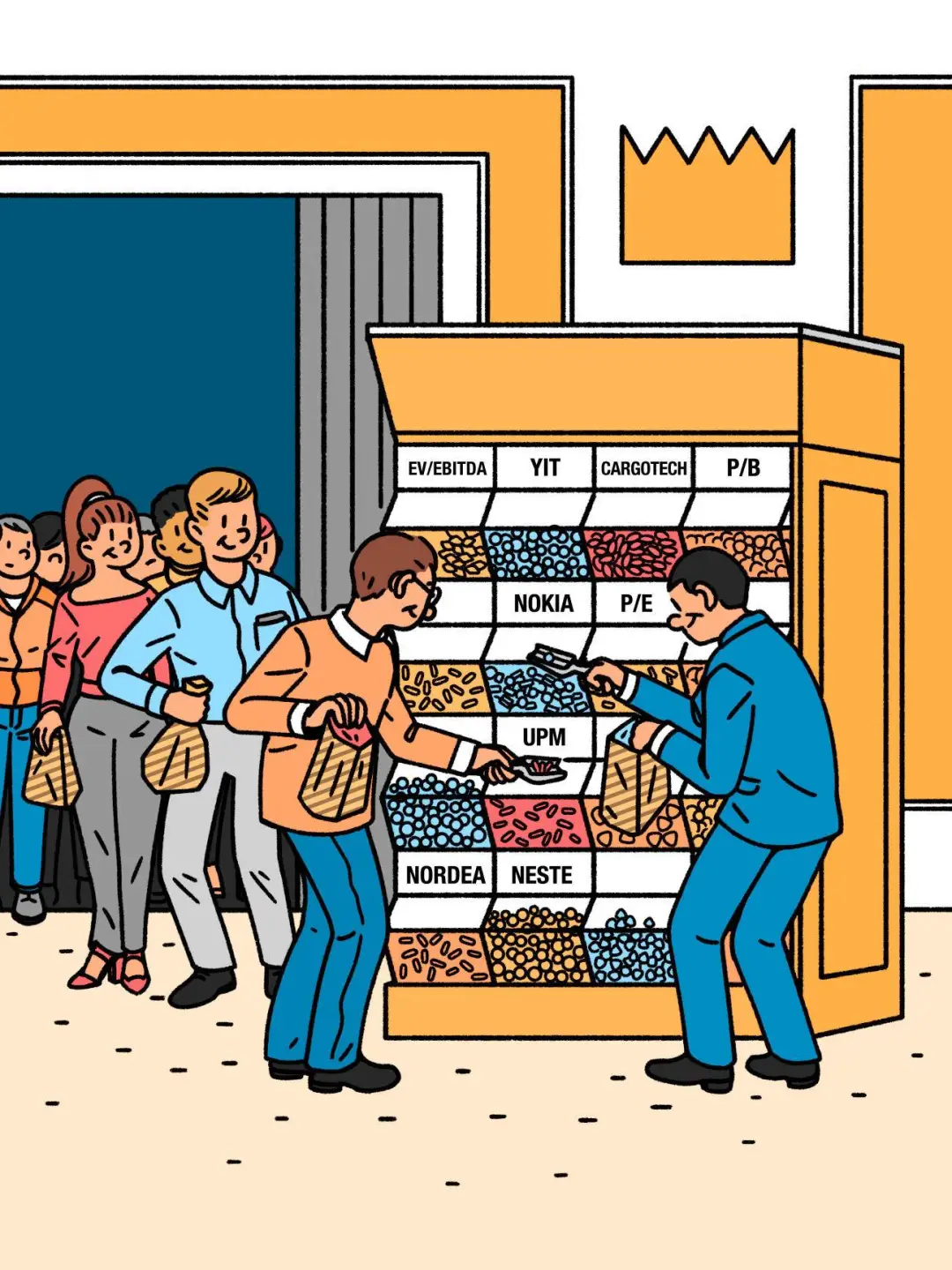
With a keen eye for everyday life and people around him, Janne often focuses on the small lives of minor characters in his illustrations, adding a touch of realism to his pieces.
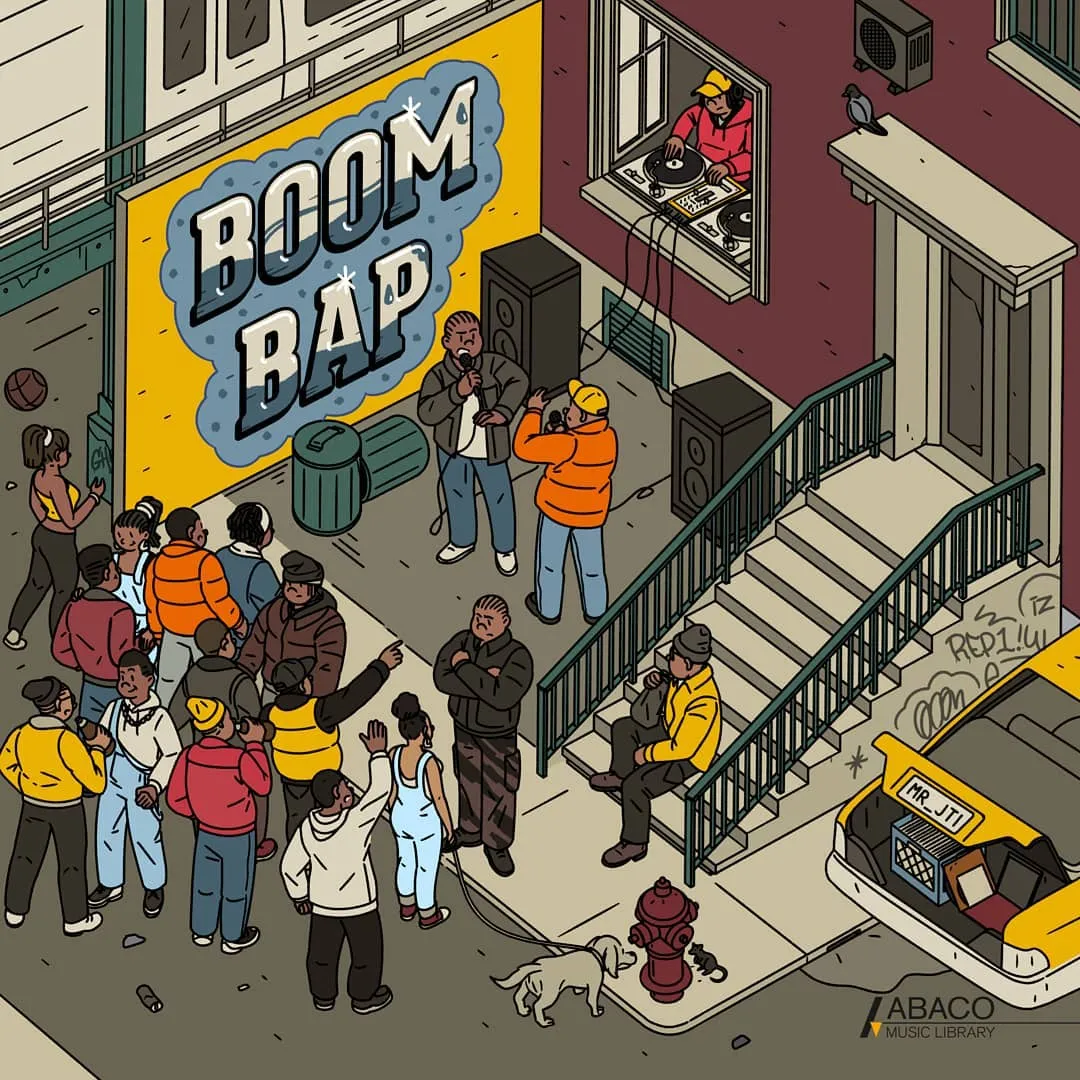
Additionally, Janne's portfolio includes many scene-based illustrations, primarily from a parallel perspective, creating a third-person objective view.

Imitation Tips:
Janne's work stands out with vibrant colors, clear traditional comic book lines, and dynamic compositions.
When imitating Janne's illustration style, pay attention to how he simplifies and chooses lines when depicting characters, as well as how he captures the dynamism of comic character movements.
3. Lieke van der Vorst
- Instagram: @liekevandervorst
- Highlights: Decorative Use of Natural Elements
Dutch illustrator Lieke van der Vorst graduated from a professional design school. Her creations revolve around everyday life, drawing inspiration from small animals around her, daily meals, her vegetable garden, and the people close to her.

Lieke's works primarily feature colored pencil drawings with a rich yet uncluttered color palette, showcasing a strong decorative quality.
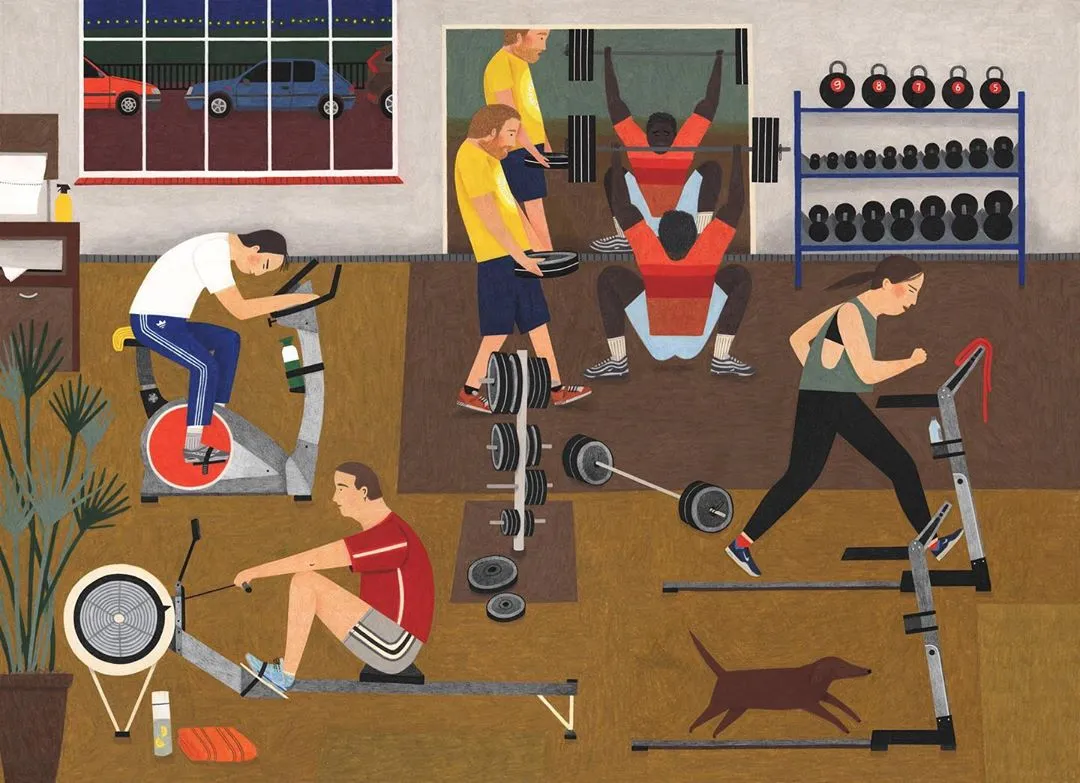
Her illustrations exude a tranquil European countryside style, with a touch of fairy-tale charm and the allure of nature.
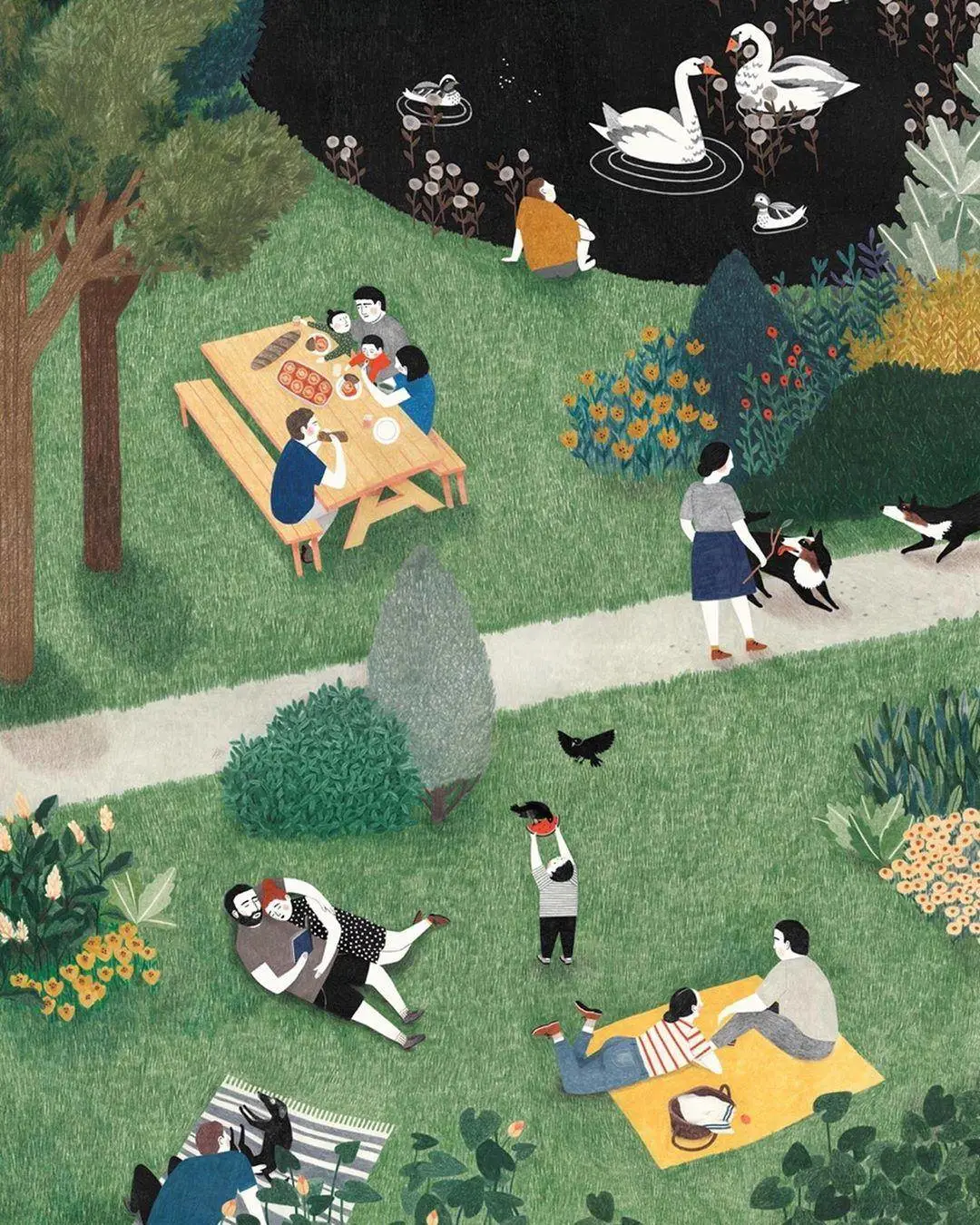
Lieke has mentioned her keen focus on the minutiae of daily life and the interplay between neighboring yet distinct elements.
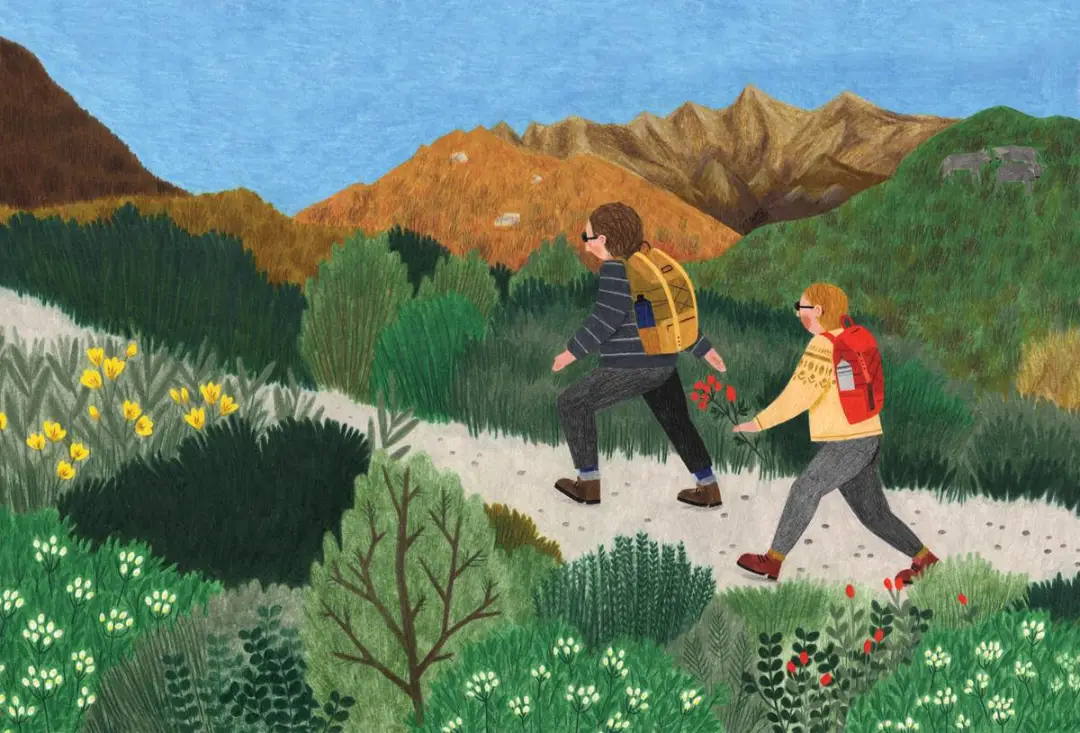
Imitation Tips:
When replicating Lieke's work, pay attention to her decorative use of natural elements. For instance, she likes to use blocks of color to depict the shapes of trees and combines varying line lengths to convey the texture of branches and grass.
Rather than using a single flat color, Lieke employs several adjacent colors of colored pencils, filling entire color blocks with a repetitive arrangement of short lines to enrich the color details of the artwork.
Beginners should be mindful of the direction of the lines when imitating her illustrations.
4. Aart Jan Venema
- Instagram: @aartjanvenema
- Highlights: Beauty of Chaos in Elements
Aart Jan Venema is an illustrator and artist based in the Netherlands.
His collaborative clients include The New Yorker, The New York Times, The Wall Street Journal, and more. His unique illustration style has garnered significant appreciation from brands.
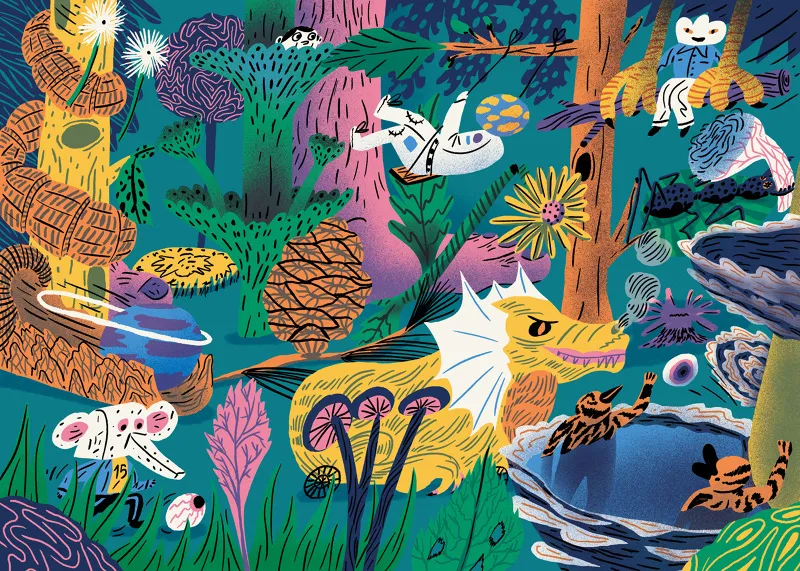
Venema's artworks are rich and often filled with a variety of quirky elements. Despite the apparent randomness, he manages to create compositions that are rich yet not cluttered, showcasing his mastery over visual balance.

His illustrations predominantly feature complementary color contrasts, allowing multiple colors to coexist harmoniously within the same frame.
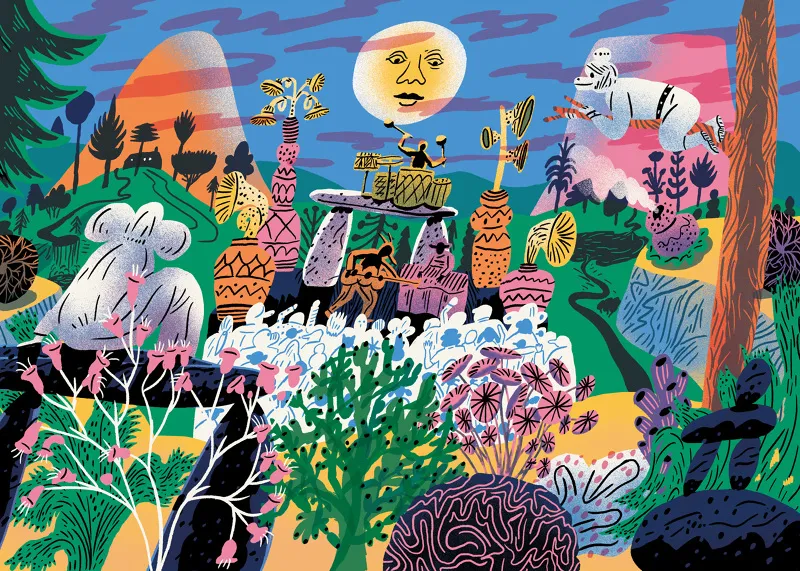
Imitation Tips:
You can emulate Venema's control over the composition of his artworks and his adept use of colors.
5. Kaiami
- Instagram: @kaiami
- Highlights: How to Draw Cartoon Characters
Kaimia is an illustrator and designer who grew up in California, USA. Her original cartoon characters have gained popularity among many online fans, leading her to establish her own brand.
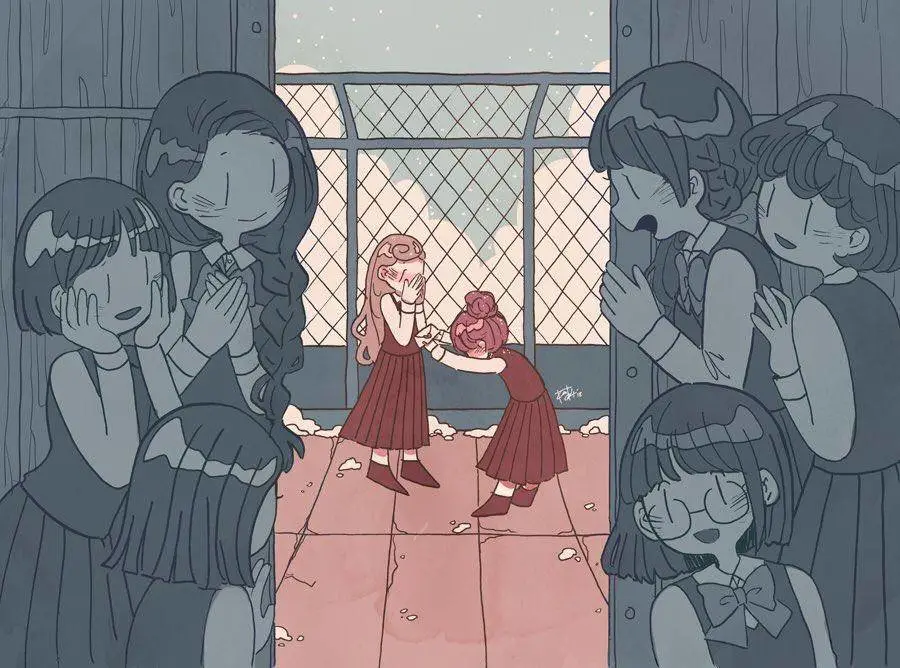
In Kaimia's illustrations, characters undergo cartoonish exaggeration and distortion, creating a strong sense of shape. Her skill in shaping cartoon characters is particularly remarkable.
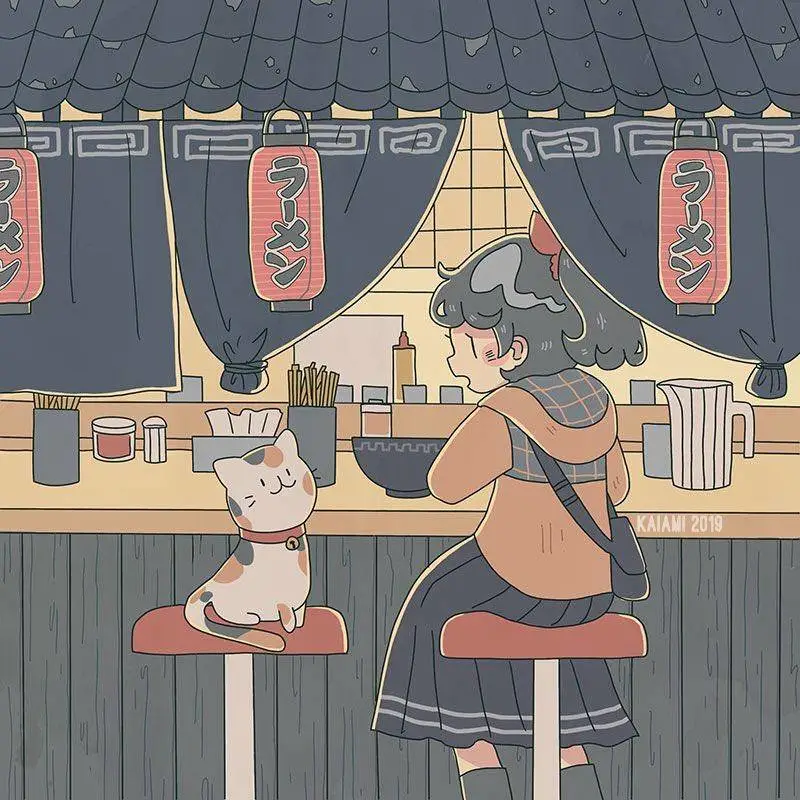
Kaimia's work focuses on characters as the visual centerpiece, with flowers, trees, buildings, animals, and other elements serving as supplementary components. This arrangement guides the viewer's attention while keeping the artwork engaging.
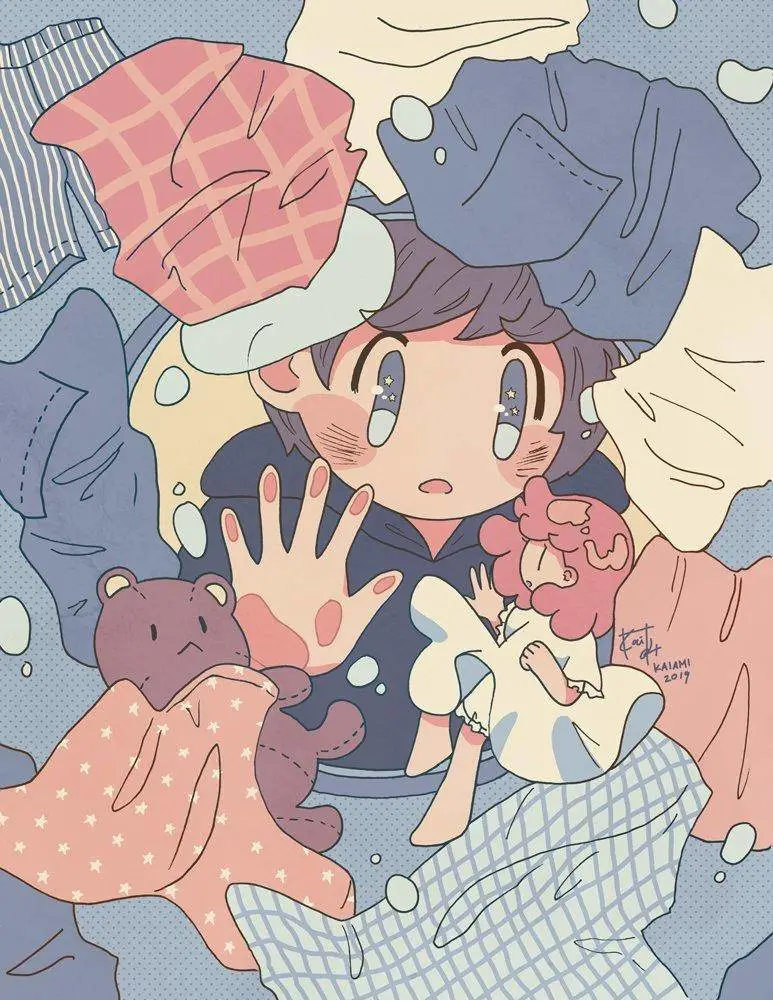
On Instagram, Kaiami shares many screen recordings of her illustration creation process using Procreate. She also posts numerous small illustrations of everyday outfits. If you're interested, you can check them out.
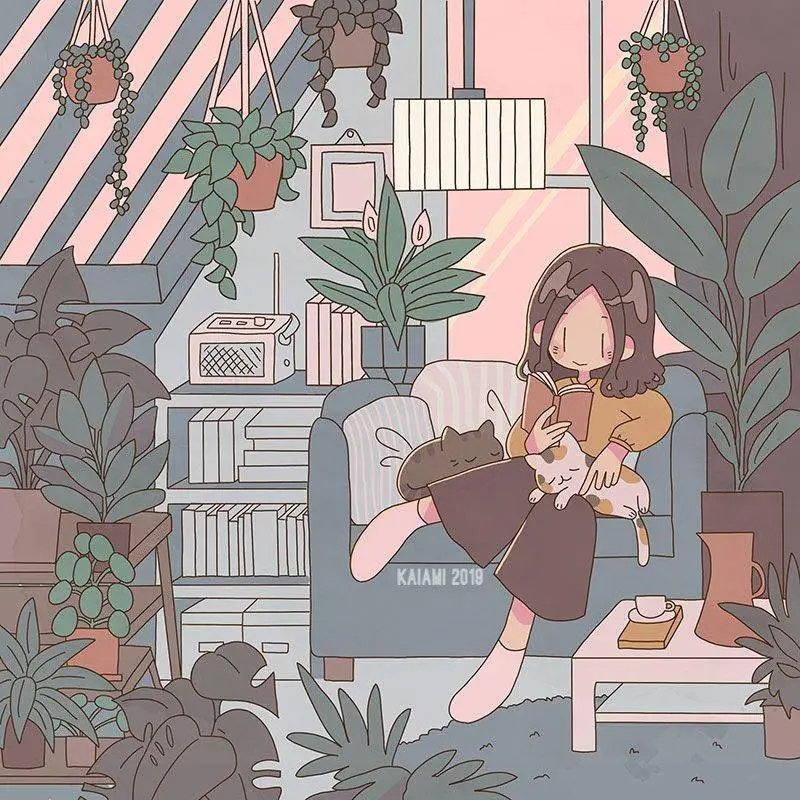
Imitation Tips:
You can study Kaimia's artwork in terms of composition and placement of supplementary elements to understand how to prevent flat cartoon illustrations from becoming monotonous.
6. Annelies
- Instagram: @anneliesdraws
- Highlights: Simple and Cute Style Illustrations
Annelies, a Korean illustrator, enjoys capturing everyday life with her paintbrush. Her illustrations are fresh and soothing, making her a favorite learning and imitation subject for many beginning illustrators and those fond of cute styles.
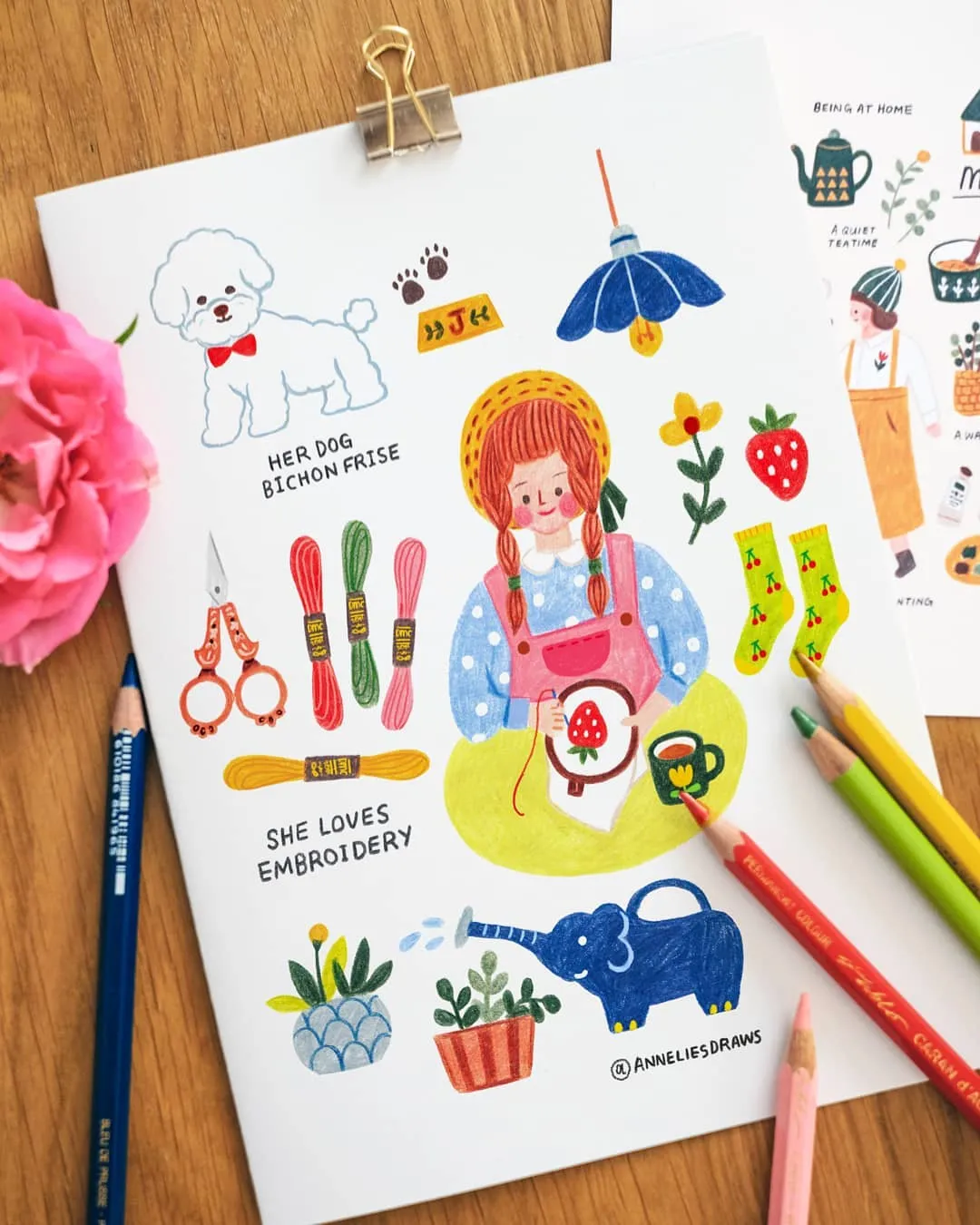
On Annelies's Instagram, you can find screen recordings of her creative process, making it easier for beginner illustrators to learn through visual imitation.

Annelies's illustrations are particularly suitable for beginning illustrators to mimic because the tools and materials she uses are very simple. Colored pencils are the primary medium in most of her works.
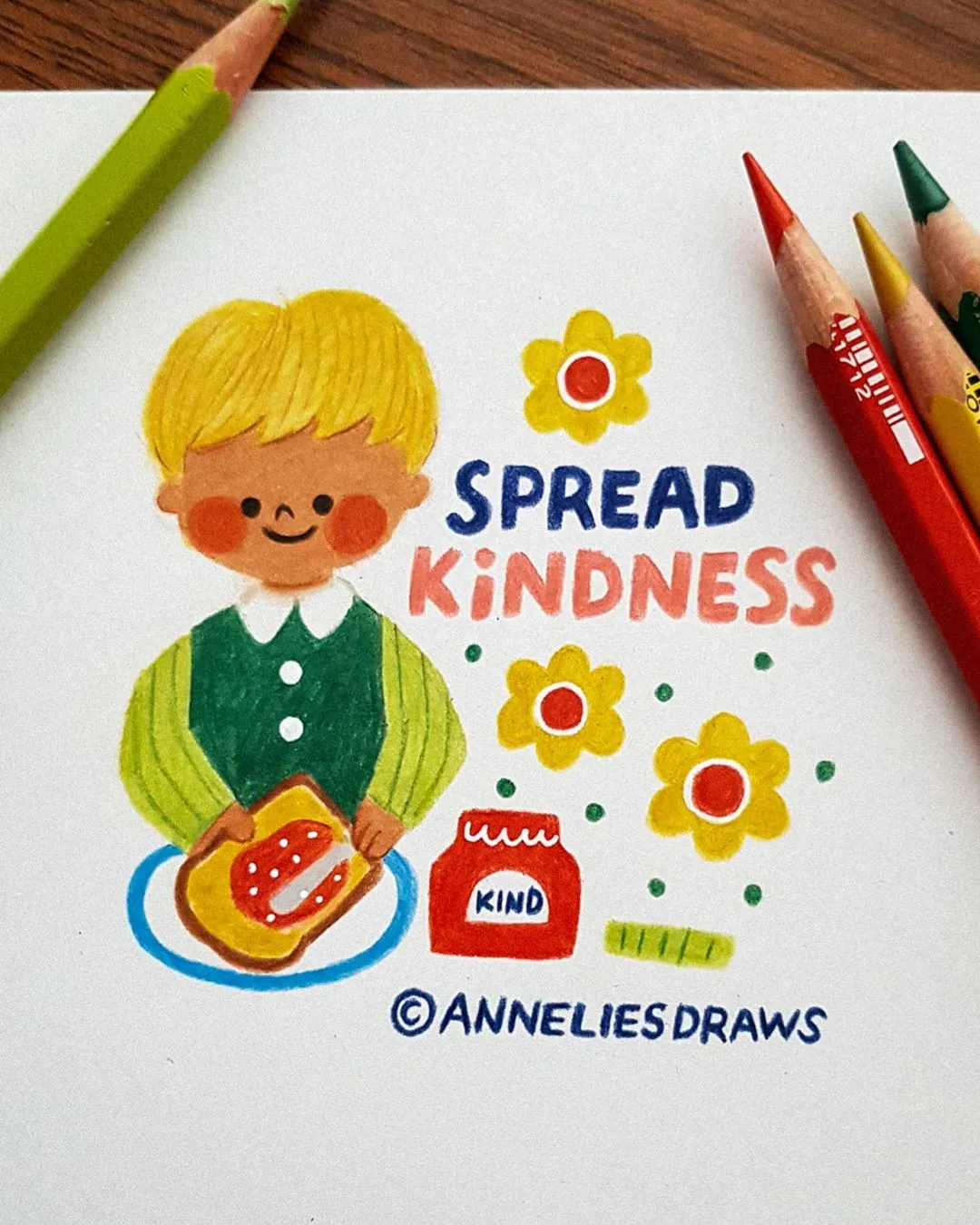
In addition to many hand-drawn colored pencil pieces, Annelies also showcases numerous digital illustrations created using a drawing tablet. Many of her digital illustrations feature a strong print-like style.
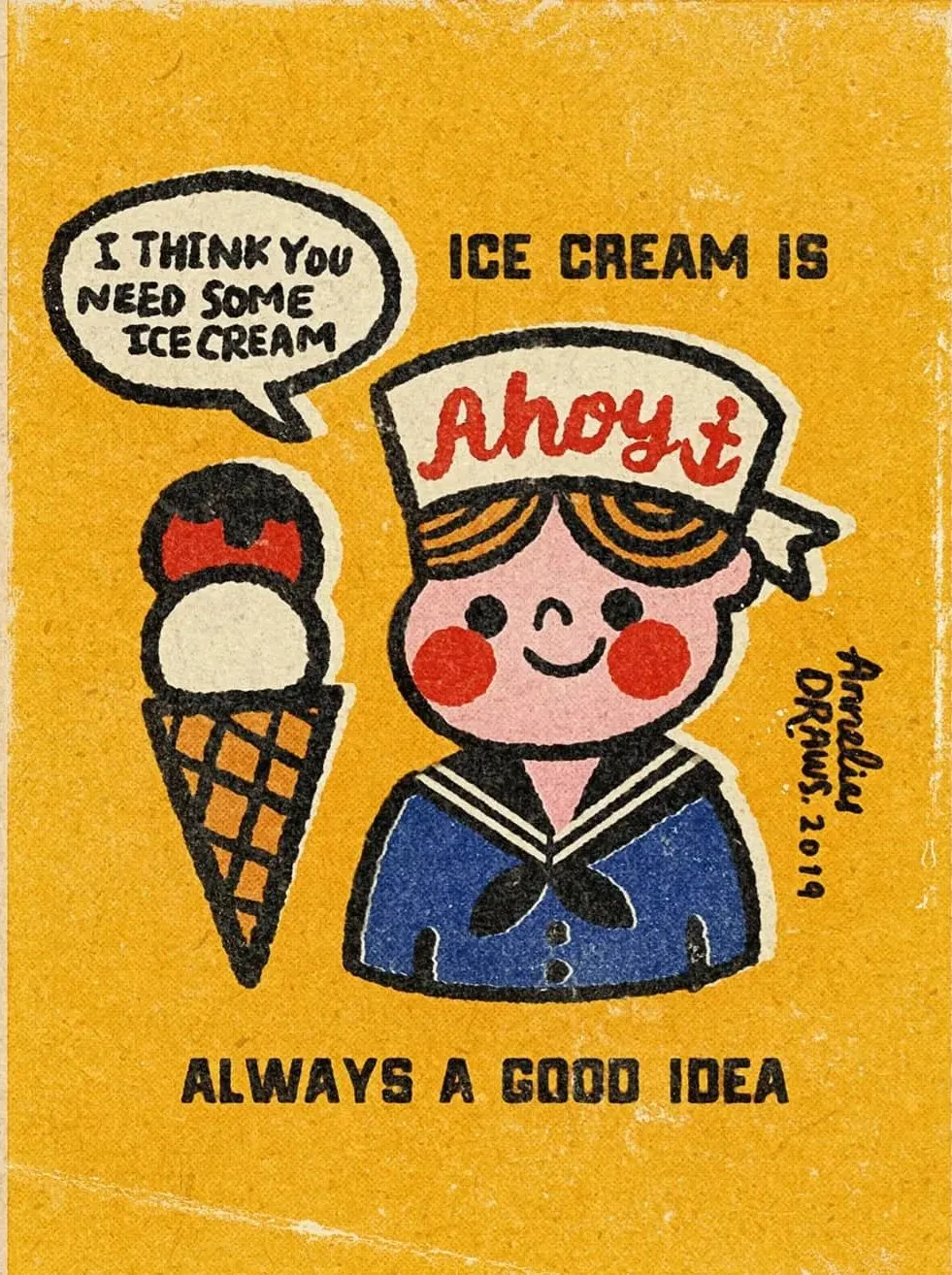
Imitation Tips:
It's worth studying Annelies's color choices and structural simplifications in her work for beginning illustrators aspiring to make their mark in digital illustration.
Is Imitation the Same as Plagiarism?
We firmly believe that no one should steal another person's artistic work. Copying someone else's work and presenting it as your own is not cool and, moreover, it's illegal.
However, imitation and plagiarism are two different things. It's unlikely that any artist can create without being influenced by any style. Even great like Picasso had his muses of inspiration.
So, feel free to learn from talented artists, borrow certain elements, and infuse them with your creativity to create unique works of art.
Conclusion
In your journey of learning illustration, continuous practice is essential apart from imitating and drawing inspiration from skilled illustrators' works.
Undoubtedly, the practice process can be somewhat tedious. Especially for beginning illustrators aiming to excel in digital illustration, the complex and intricate operations of drawing software can be exhausting.
Therefore, we'd like to introduce TourBox to you, a controller highly favored by numerous digital artists and drawing enthusiasts. TourBox can significantly streamline your digital drawing process. According to our tests, TourBox can boost drawing speed by up to 270%.

Why is TourBox so magical? The reason lies in its ability to effortlessly handle basic yet intricate tasks like brush properties, canvas angles, and brush switching. Using it is akin to playing a video game with a controller, freeing you from the inconveniences of keyboard controls.
Furthermore, TourBox offers advanced features like macros. In theory, you can achieve various complex operations with fewer actions using TourBox. Check out our digital painting page to discover more about the wonders of TourBox.

By imitating the illustrations of skilled artists, beginning artists can not only rapidly enhance their drawing skills but also discover their unique voices in their creations. So, feel free to embark on your colorful illustration journey!